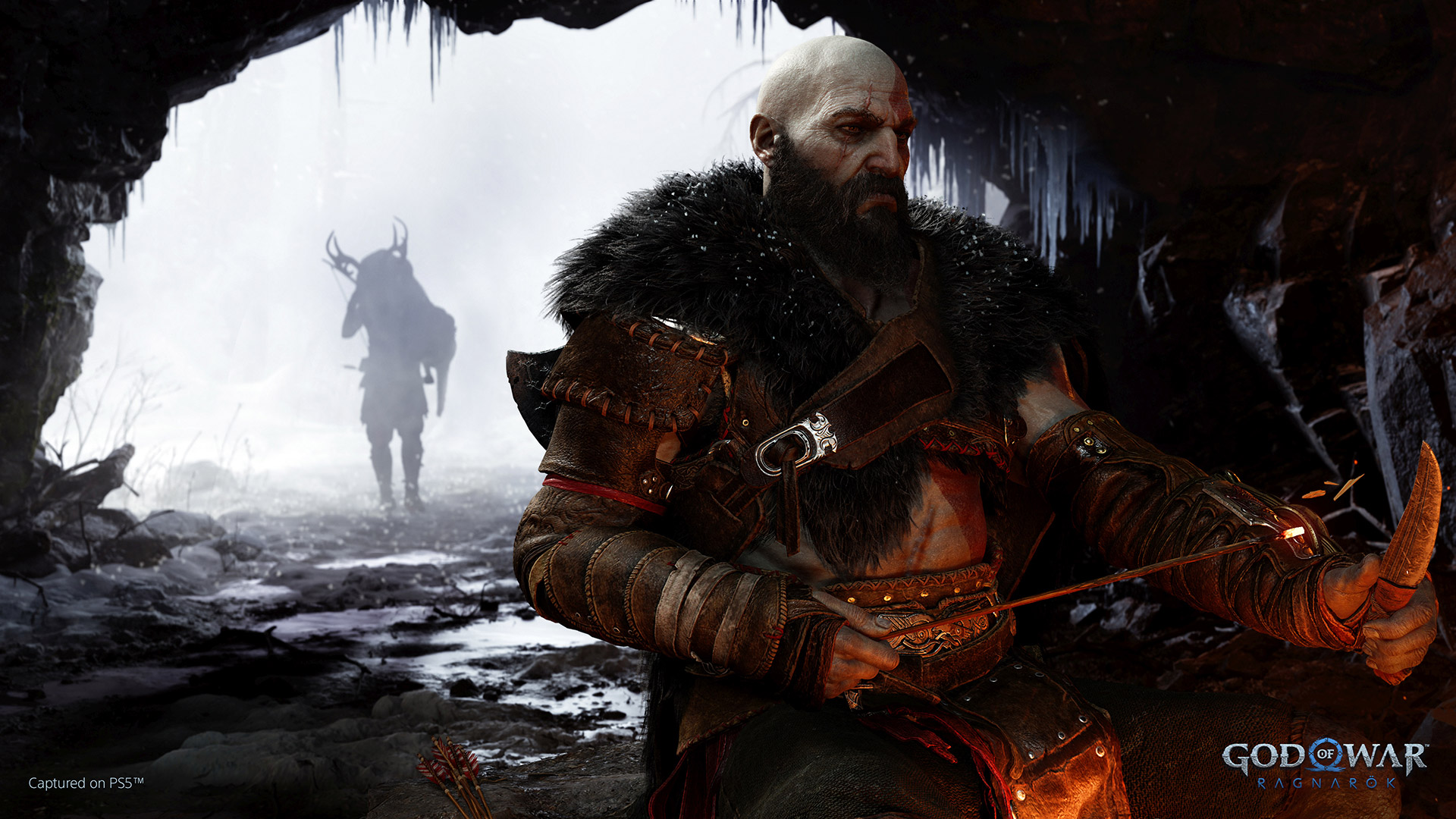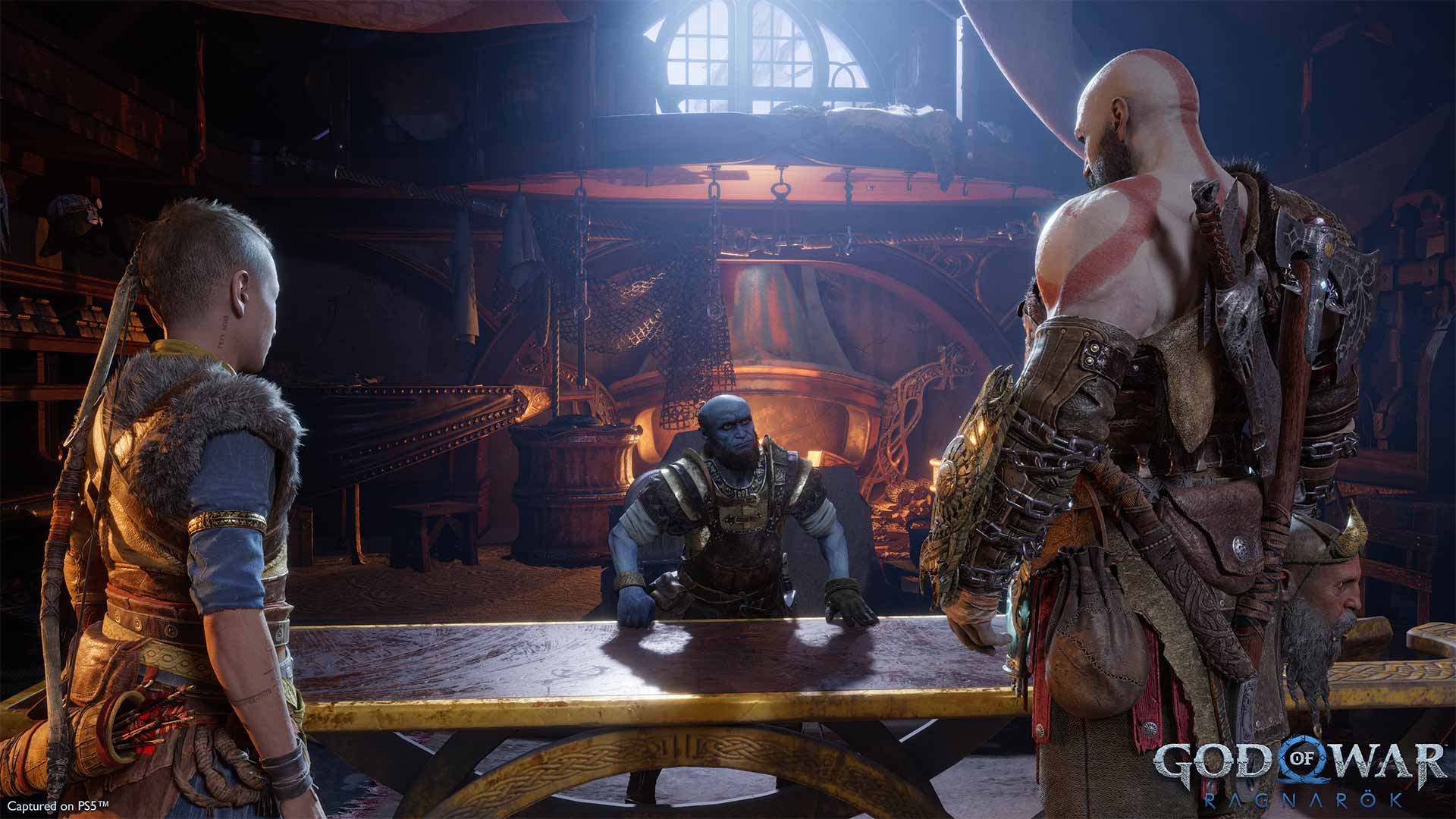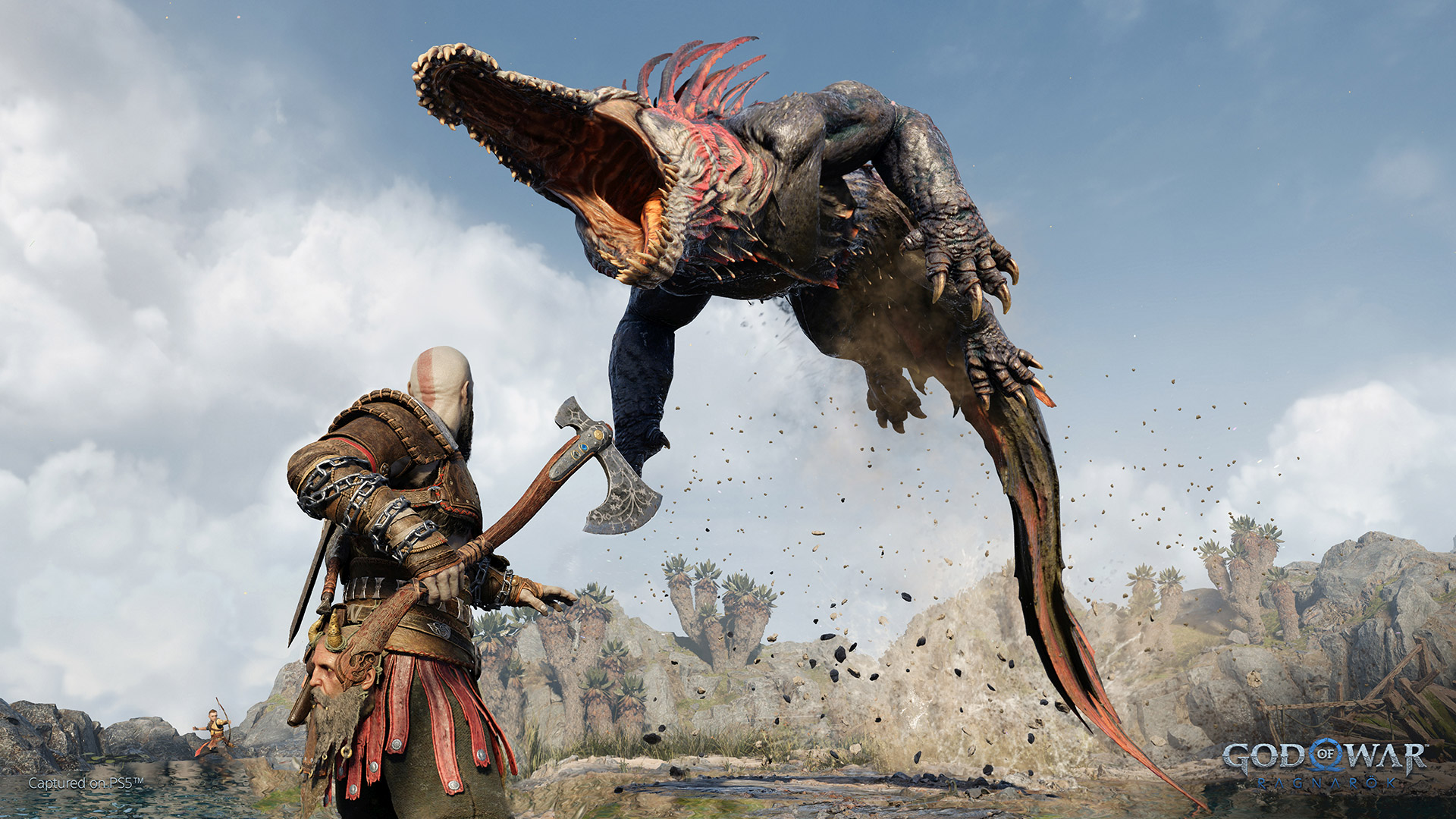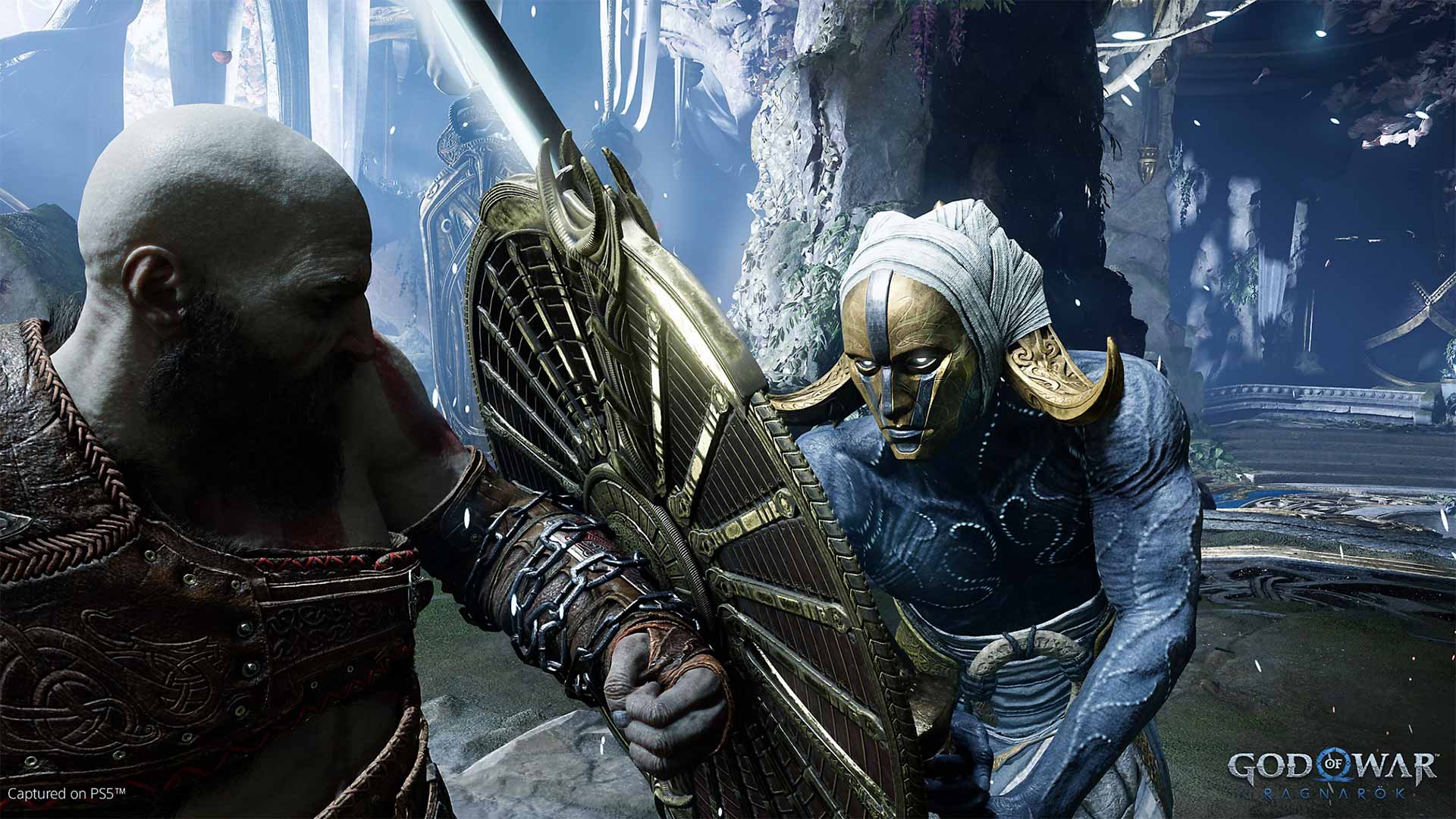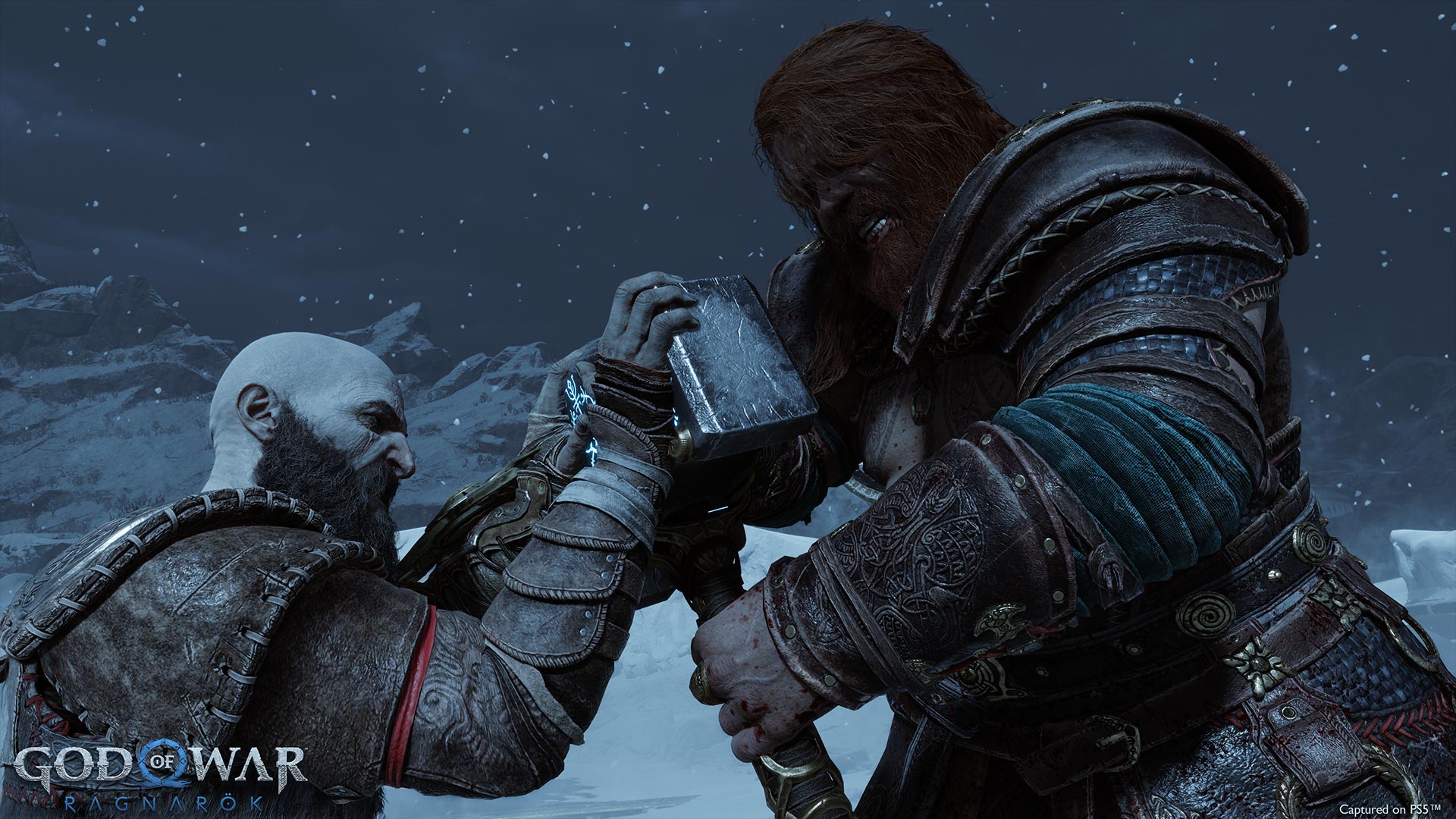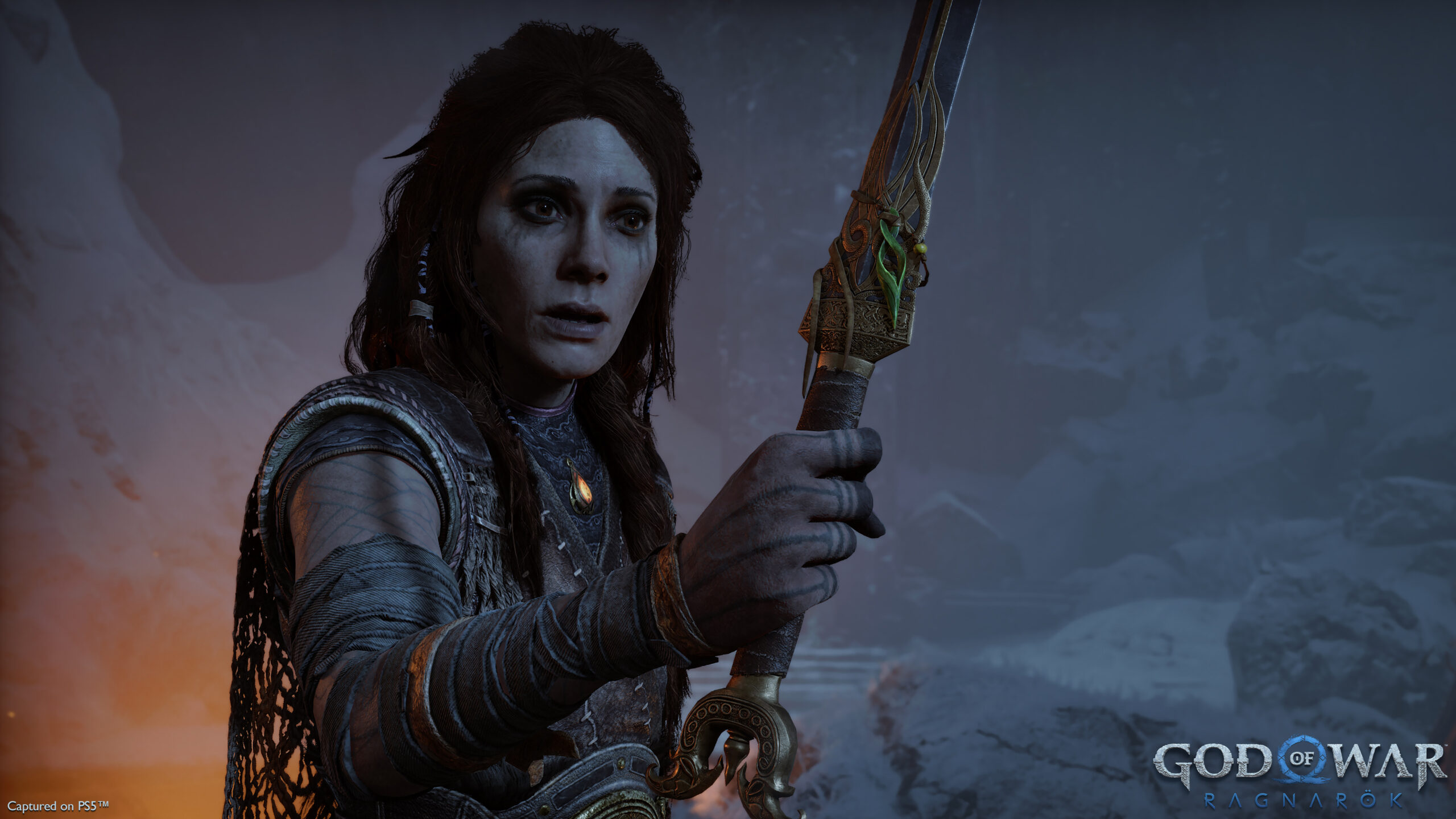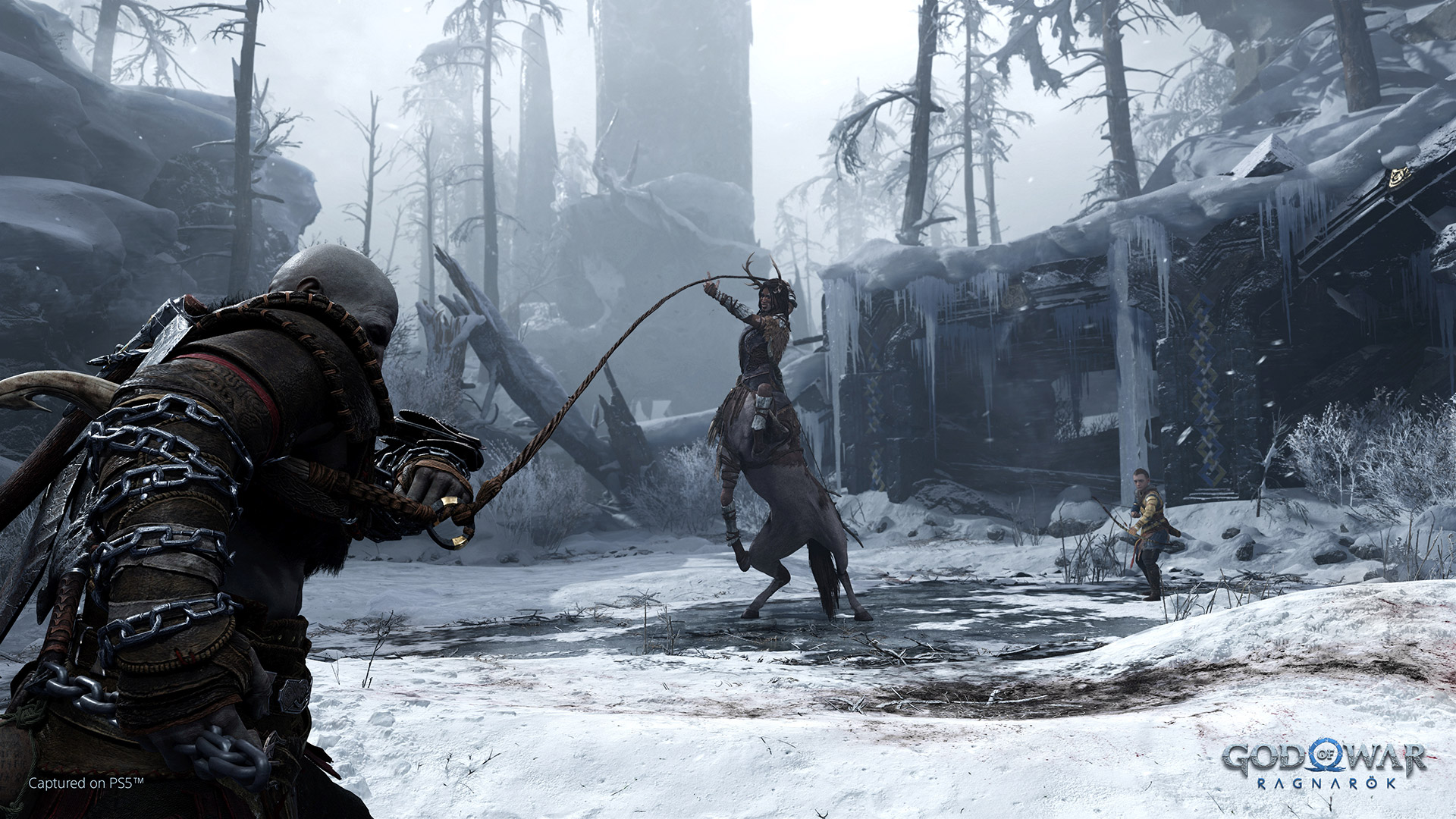Did you know that Microsoft Flight Simulator is actually Microsoft’s longest-running product line?
With its introduction in 1982 for the IBM PC, it actually predates Windows by three years, Office by eight and the Xbox gaming brand by a whopping 19. It’s pretty wild to think about, especially considering Microsoft is undoubtedly best known software company.
To celebrate Flight Simulator‘s 40th anniversary, Microsoft is releasing the appropriately titled 40th Anniversary Edition update on November 11th. Naturally, for such a momentous occasion, you want to go big, and that’s exactly what Microsoft has done with the expansion.
“We were sort of constructing this box of chocolate,” says Jorg Neumann, head of Microsoft Flight Simulator, about the approach to the update, which was created with the help of 10 studios around the world. So what, exactly, went into this box of sweets?
Helicopters and gliders and airliners, oh my!
According to Neumann, Microsoft’s tracker for most requested community content additions helped steer them in the right
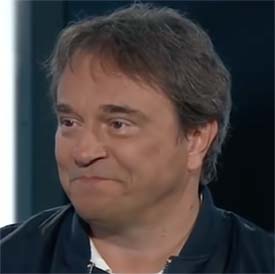
Jorg Neumann
direction.
At the top of the list were helicopters and gliders, which haven’t been in the series since 2006’s Microsoft Flight Simulator X (FSX). But as Neumann points out, the piloting systems for these vehicles are “totally different” from anything that’s featured in the current Flight Sim. That’s to say nothing of the fact that quite a lot has changed since 2006.
“If you think about FSX back in the day, we always look at the physics system, and the physics system was ‘a plane was a box.’ And it had one control point. And on that control point, you had to do all the physics operations. So it wasn’t exactly the most accurate thing ever,” he says with a smile.
This meant that Flight Sim co-developer Asobo had to write a whole new system and add a variety of features. “The ground effect is different with less water drag when you get close to the ground. We did things like translational lift, which is basically from ‘hover’ to ‘fly forward’ and how that really works, and the vortices that are happening,” says Neumann. He adds that a solution to “dissymmetry of lift” — the unequal amount of lift on opposite sides of the rotor disc — called “flapping” had to be coded from scratch.
The other piece of the puzzle was working with a French company called Helicoptres Guimbal, who provided helicopters and test pilots for reference. With their help, the Flight Sim team would use new recording devices to get the telemetry of the real helicopters and compare them to what they have in the game. In the end, all that work has seemed to pay off.
“I think the best news for us was when we brought it back to the test pilots and they tested it, they actually said, ‘man, you guys got close,” says Neumann. “And they gave us more feedback, and that went on a number of months. And now they’re saying it’s really, really good — to the point that they’d like to use it like for training purposes and such. So that’s always the best validation.”
Another highly requested feature was the addition of a true-to-life airliner: the sophisticated Airbus A-310. To design it, the Flight Sim team partnered with global software company Inibuilds, who Neumann says have “a lot of direct access” to airline pilots. This was essential, he says, because the pilot handbooks for such aircraft are “thousands upon thousands of pages” long.
Given that, he admits he’s not an airliner expert, but from what he’s heard from the true savants is that Inibuilds’ work on the airliner “is really outstanding.” Moreover, he says it helped improve the game as a whole.
“It pushed us, frankly. I think there were things in Flight Sim when we launched that weren’t as deep as far as systems are concerned — like the weather radar was more limited and stuff. And I think a lot of what Inibuilds did was pushing the platform to get really great, which is a a net benefit to all the other third parties that make airliners.”
Honouring the past — including Canada’s
One of the other notable elements of the update is the set of seven famous historical aircraft: the 1903 Wright Flyer, the 1915 Curtiss JN-4 Jenny, the 1927 Ryan NYP Spirit of St. Louis, the 1935 Douglas DC-3, the beautiful 1937 Grumman G-21 Goose, the 1947 Havilland DHC-2 Beaver and the 1947 Hughes H-4 Hercules.
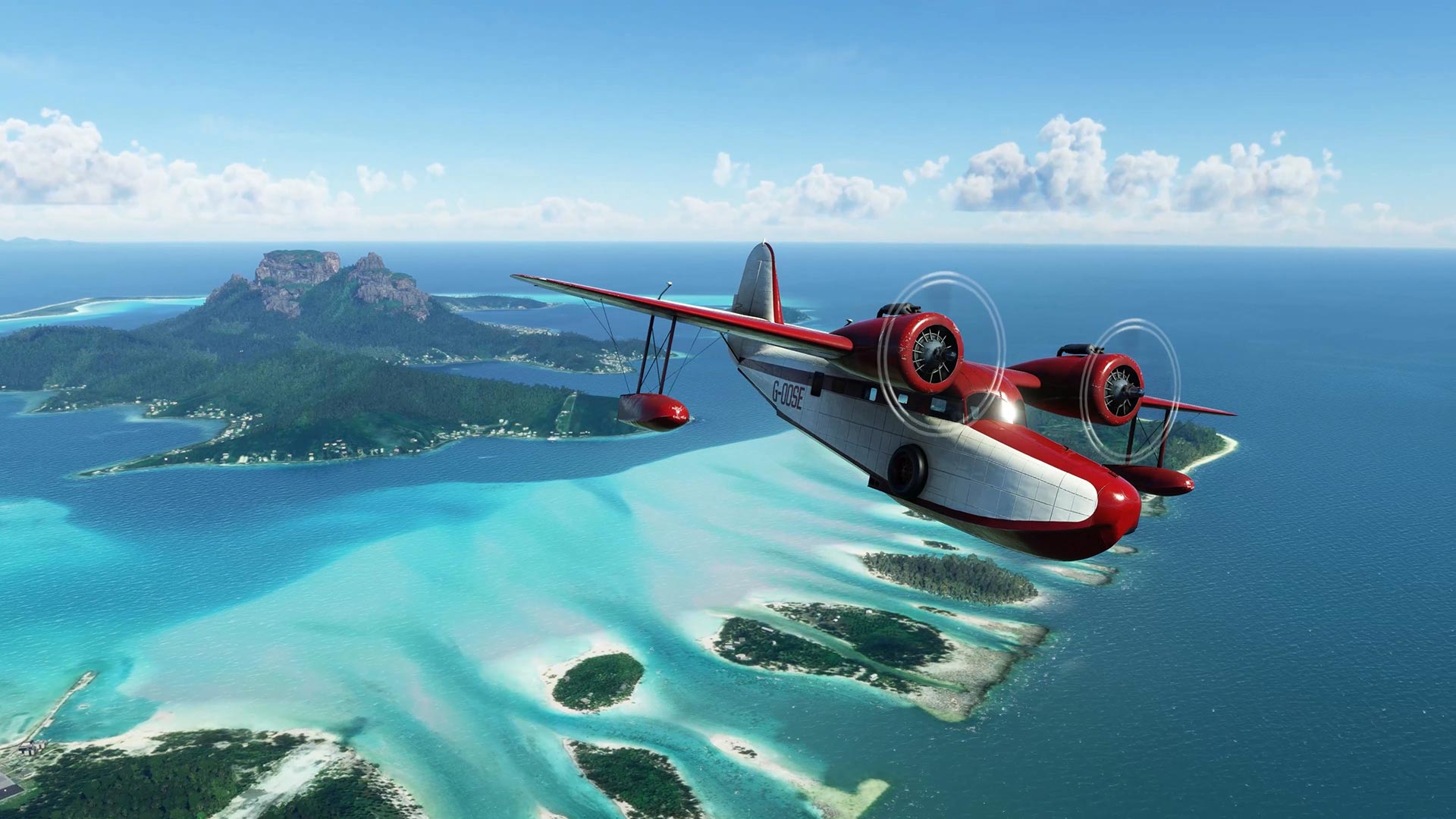
The Spruce Goose.
That last plane, also known as the ‘Spruce Goose,’ is perhaps the most notable of the bunch — the largest seaplane and largest wooden plane ever made. Its creator? A lesser-known business magnate, pilot and engineer by the name of Howard Hughes, who also happened to be the only person to ever fly it. This begs the question: how do you simulate a plane that was only ever flown once?
“Howard Hughes was an interesting guy, right? So he kept actually building on that plane. He flew that one time back in 1947. But that’s just one configuration — he kept changing the thing to make it better,’” explains Neumann. “And we saw all the pictures over the ages and we needed to figure out like, ‘what is this lever do here in the central console?’ And then they [the Evergreen Museum who houses the Spruce Goose] went in and actually gave us the engineering specs and where the electrical lines actually go. And we discovered some stuff that I think nobody really knows about like it’s two APUs, power units, and they’re in the cockpit. This thing must have been crazy loud, when it flew, sitting in the cockpit!”
And if the recent Canada-themed update wasn’t enough, Canucks will also have something unique to enjoy in 40th Anniversary Edition: the 1947 Havilland DHC-2 Beaver. Shortly after World War II, Canadian aviation company De Havilland shifted focus to civilian operators — in this case, a single-engined high-wing propeller-driven short takeoff and landing (STOL) aircraft. On top of that, Canadian 3D model and animation company Blackbird Simulations (formerly Milviz) actually handled the Beaver. “Because they’re from Canada, they were like ‘the Beaver — we need to do the Beaver!” Neumann says with a laugh, noting that some of the team flew for Canadian Air Patrol. “It’s a great group of people.”
In general, he says it’s “most important that people really love the plane that they work on,” and that’s especially been apparent with Blackbird. “The lead engineer on [Blackbird], his name is Jim. And he sends me builds, ‘hey, check it out!’ And you see all the needles through this little jitter. I’m like, ‘what is happening?’ And he’s like, ‘Oh, it’s this power unit up here!’ And it does this vibration thing. And it’s a super authentic version of what the Beaver really feels like. And I think Flight Simmers really enjoy that. It’s not just the shape — it floats and it can go into lakes. It really feels the part, and it sounds the part. They’re so proud of the sound recordings because it’s all custom recordings done for specific planes up in Canada. It was cool.”
Reaching new audiences for years to come
When I last spoke to Neumann, it was to preview the launch of the Xbox Series X/S versions of Flight Sim — the first time the series had ever come to consoles. Of course, that brought in a whole new wave of players who had never experienced the series, and the team took great care into creating tutorials and other guiding missions to ease them in.
Fast forward over a year and Neumann says he’s happy to see how this new audience has received the game. “It was great. The audience is huge — we doubled the audience.” And that was just with the native Series X and S versions. This past March, Microsoft added Xbox Cloud Gaming support to the game, letting players stream it to the last-gen Xbox One and, even, mobile devices.
“It’s a fascinating thing — I actually test a bunch on iPhone 12 because it’s so fast to fire up the SIM,” he admits with a laugh. But his biggest takeaway is just how much these two expansions reached people.
“It added people all around the world — more so than what I expected. Because there’s a traditional PC audience and a traditional Xbox audience, and this one literally liberates it from any country on Earth now. For example, just a tidbit: Turkey, somehow, is now the number six most popular place where people fly Flight Simulator. I would have never thought that because the country doesn’t have a deep history of aviation. But clearly people like it — it’s a big country, it has [85] million people. So I think we’re reaching new people and innocent people.”
To that point, he mentions how he sees the Flight Sim add-on developer community has a lot of new teams with people who are 20-years-old or younger. His conversations with aircraft manufacturers have also indicated that interest in aviation is going up.
“I’m not saying it’s all because of us or anything, but I do think we’re contributing to sort of a resurgence, where people say, ‘planes are cool, let’s get into this.’ And the emails that always make me the happiest are from like eight to ten year olds writing me saying, ‘hey, I’m flying Flight Sim every day,’ and then they ask me something about their hometown or whatnot and it feels awesome. That’s when it feels that you’re doing something meaningful.”
The other side of the equation, he says, is that Flight Sim can play a role in the preservation of aircrafts.
“I go to a bunch of museums and I talk to those people. And they are kindred spirits, just of a different ilk. They are spending their life — all their passion goes into preserving these amazing machines. And they look at me like sort of almost like a savior, because they know that machines, at some point or another, physical things erode over time. For example, the Spirit of St. Louis — the cloth is going away and they can’t do anything about it. Like nobody can touch the plane — nobody has been on the ceiling for decades. It’s just the tools of time. And they look at what we can do in the digital space, which is not the same, but but it has a certain element of the preservation, so they pour their hearts into helping us.”
Taking that one step further, he says he’s had conversations with museums to preserve them, too, in a digital space. “It’s not perfect or anything, but it keeps getting better, and people want to be part of that. And we’re doing some prototypes right now that could lead us to some fascinating places.”
Ultimately, he says these sorts of efforts can appeal even to those who aren’t interested in aviation.
“I was thinking about the photogrammetry cities that we have — some of them are from 2013, and we’re getting new ones now. And I was projecting forward, 40 years of Flight Sim… what’s the world going to look like 40 years from now? That’s the kind of the mental game I play. You know, we will have cities from 50 years ago. And people can look back in time and say, ‘Hey, this is what the city looked like.’ And we are really making this ‘history of Earth thing,’ a little bit. Not just planes, but the world itself, and I think that that has lots of fascinating things going for it.”
This interview has been edited for language and clarity.
Microsoft Flight Simulator 40th Anniversary Edition will be available as a free update to all Flight Sim players, including those on Xbox Game Pass.
Image credit: Xbox


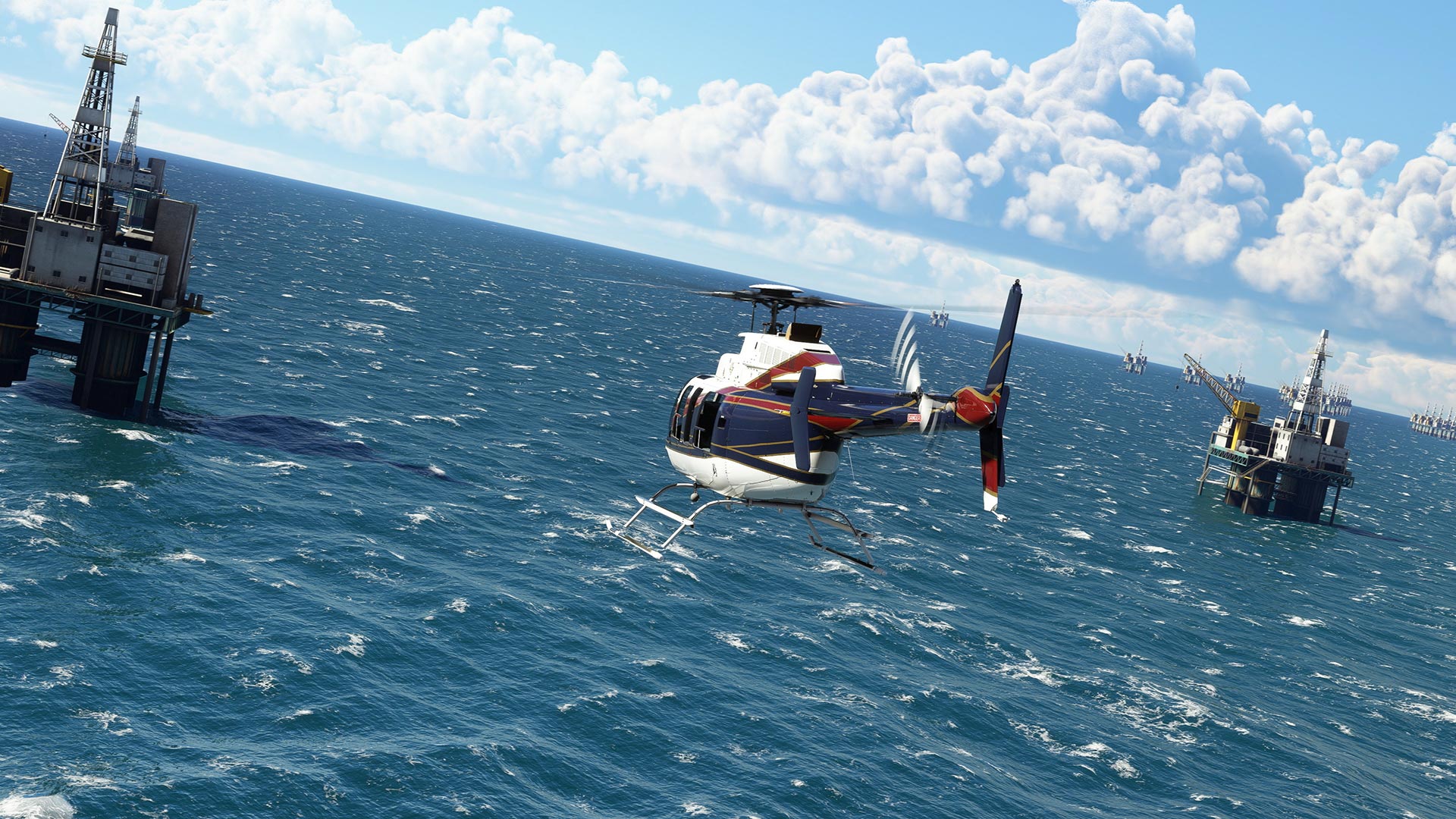
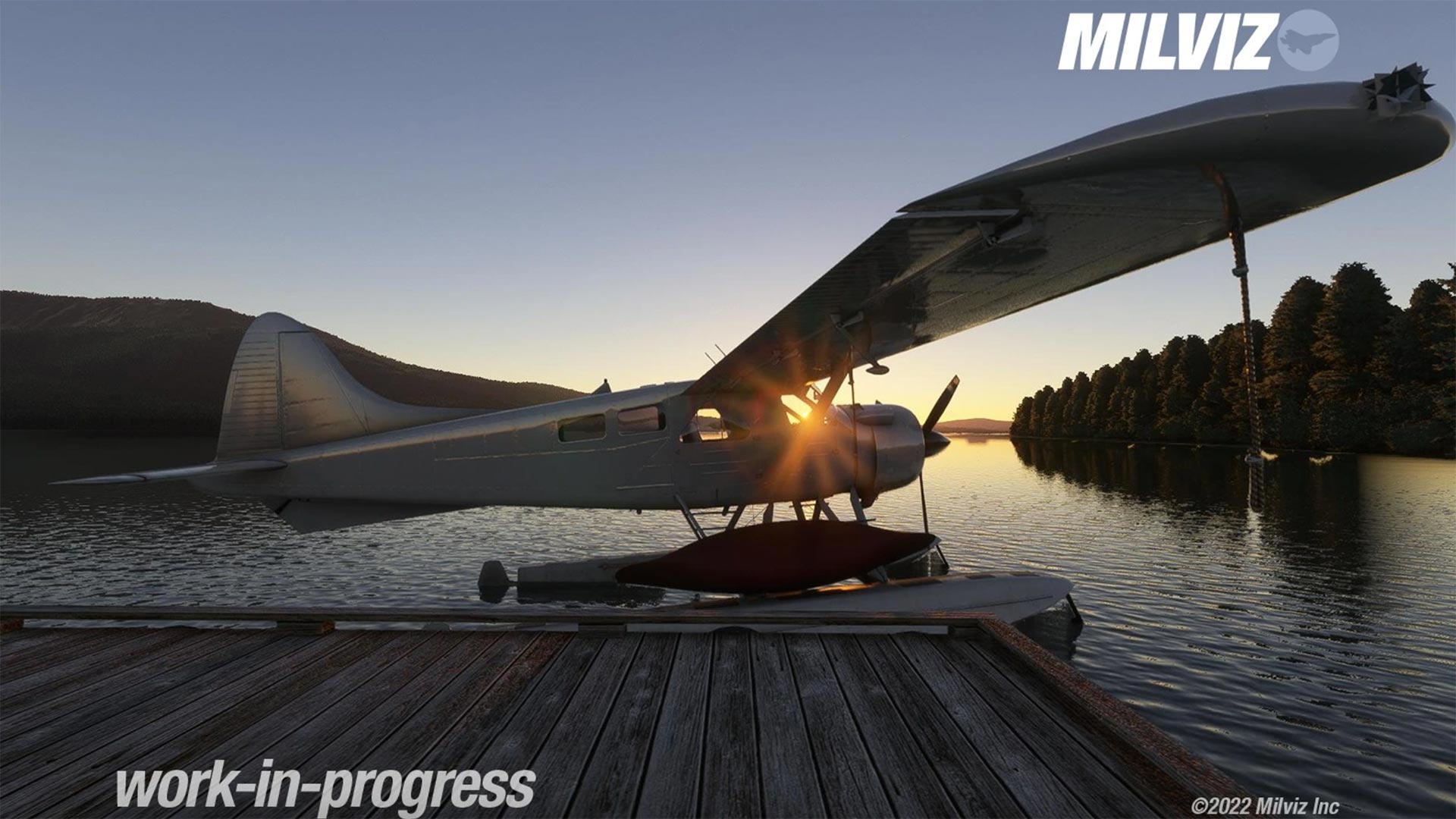





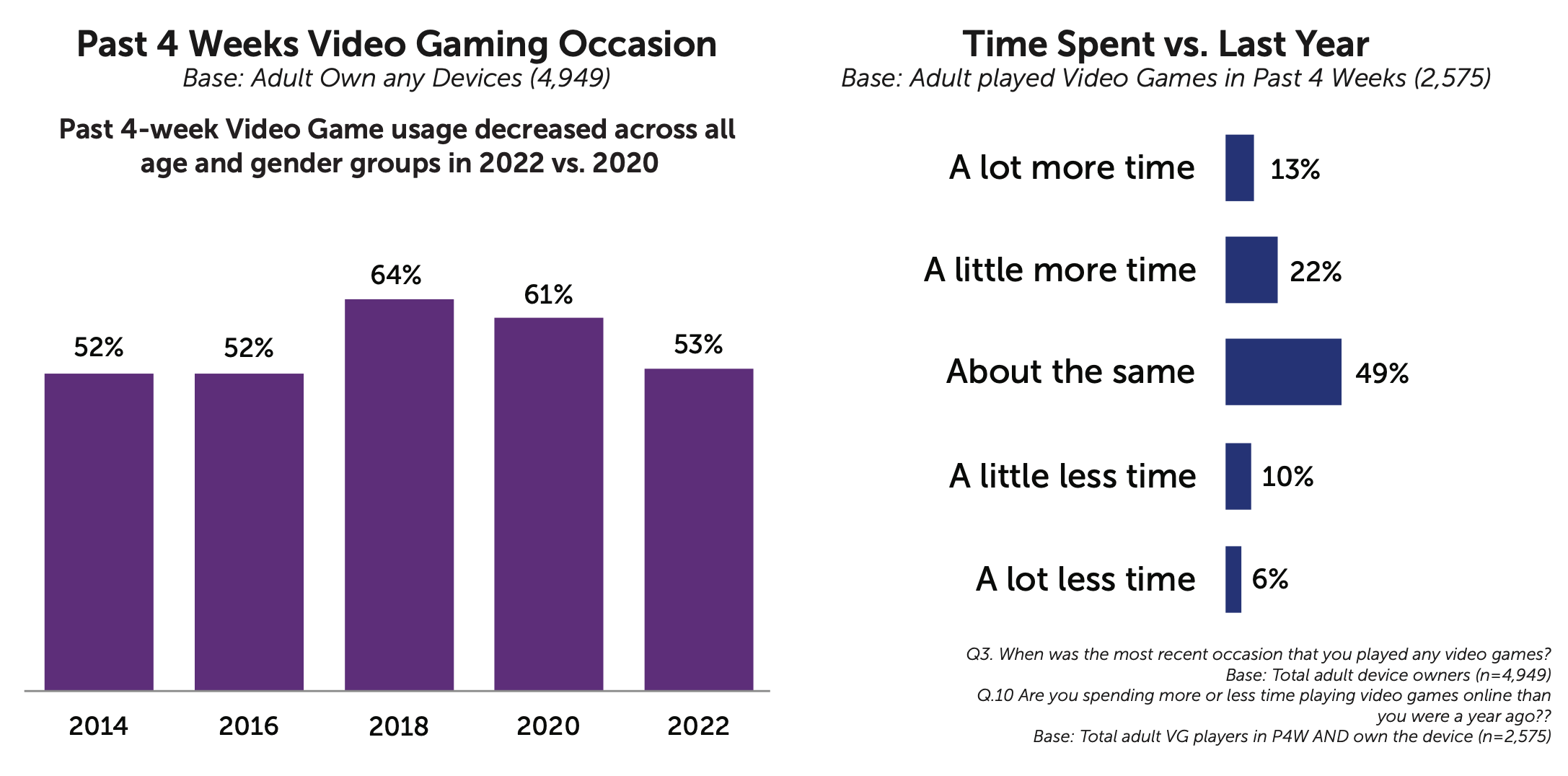
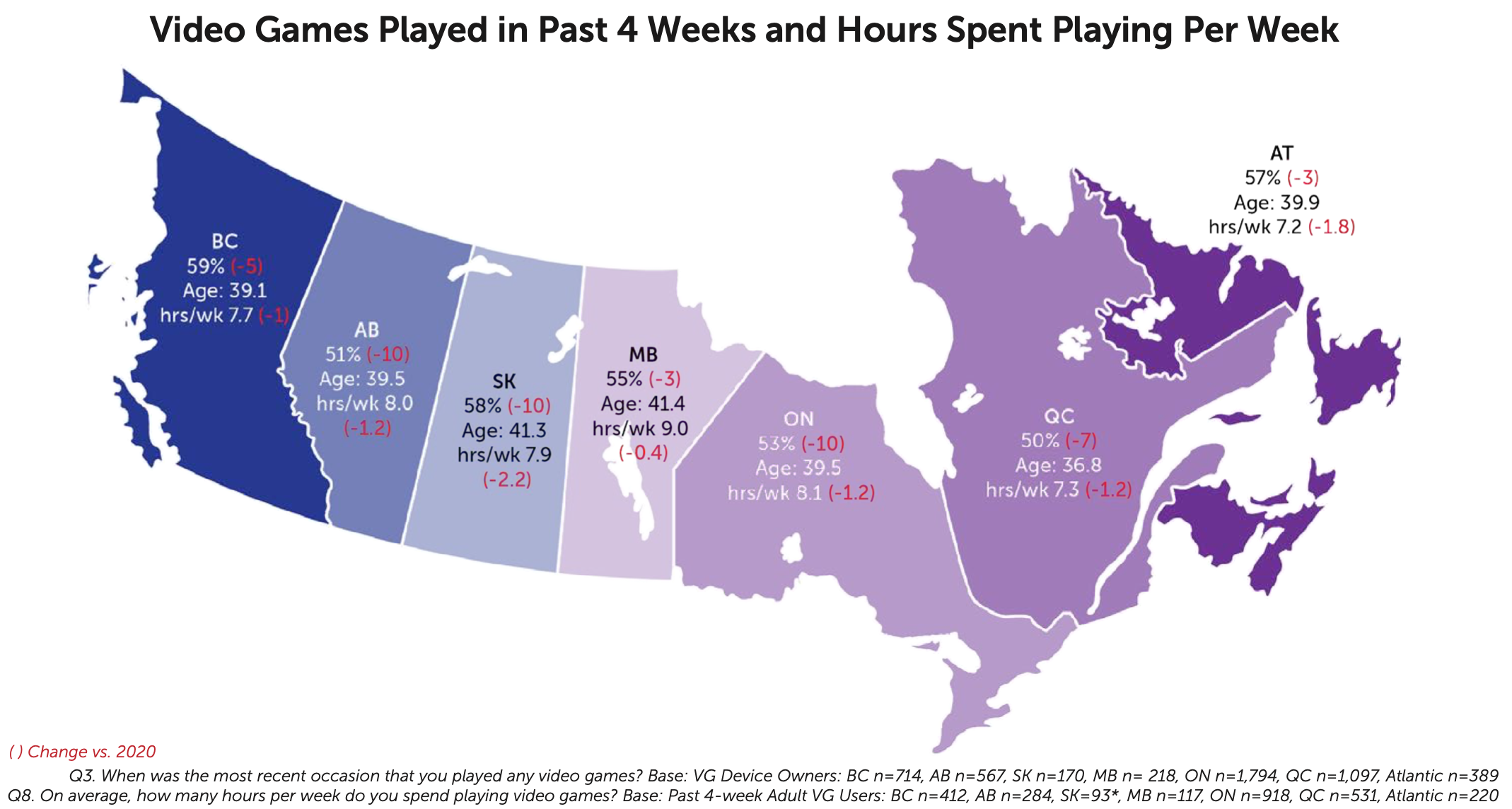
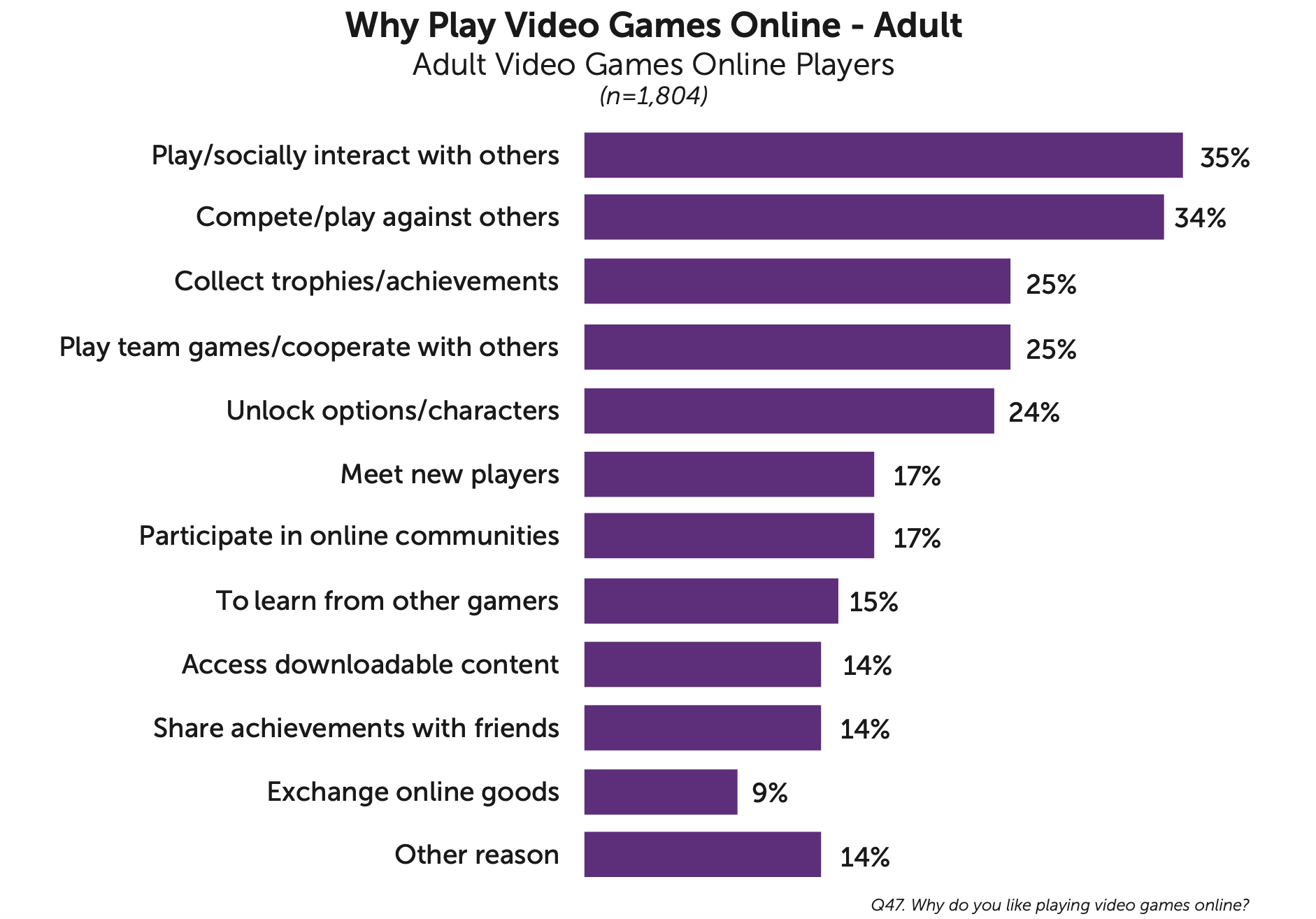
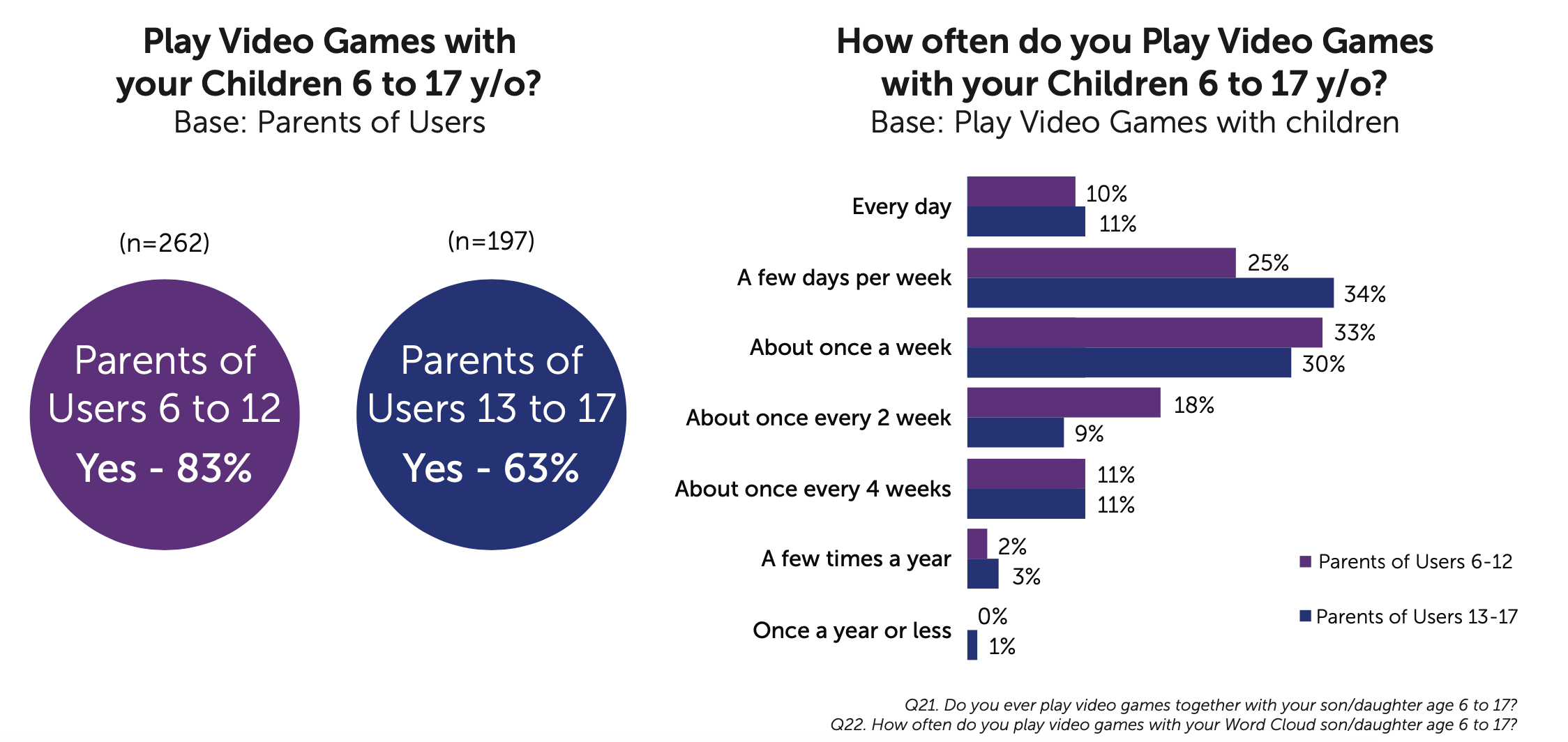
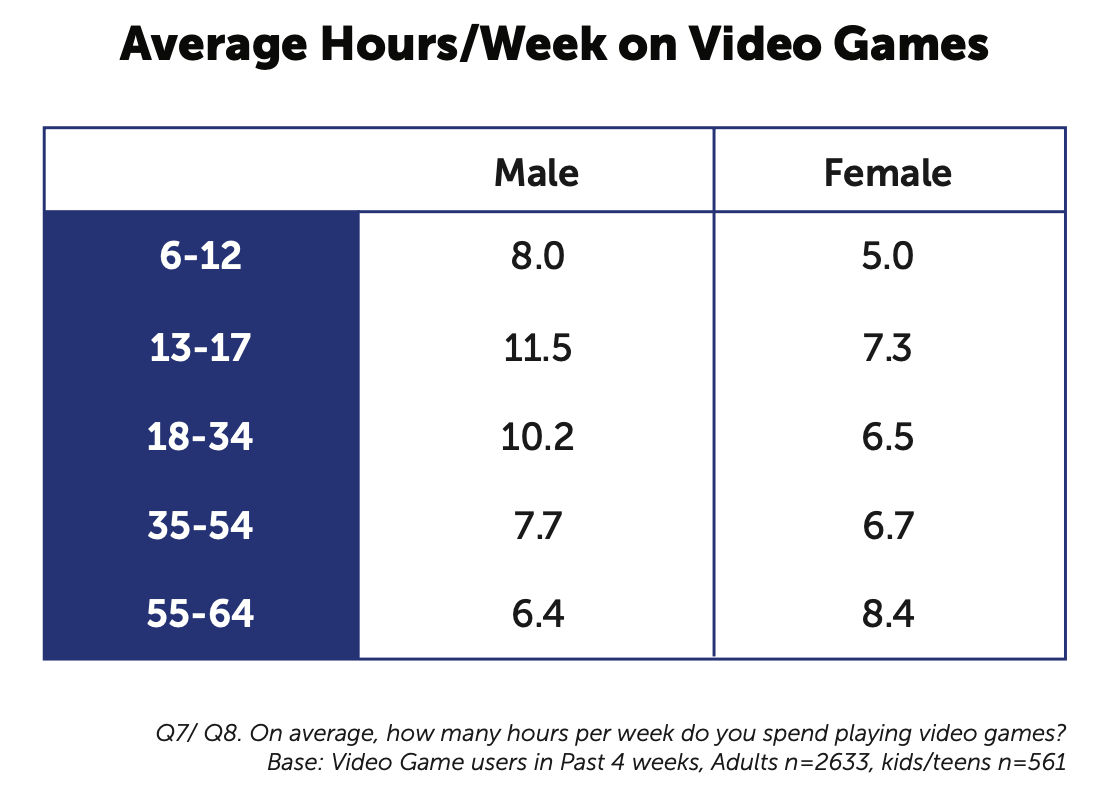

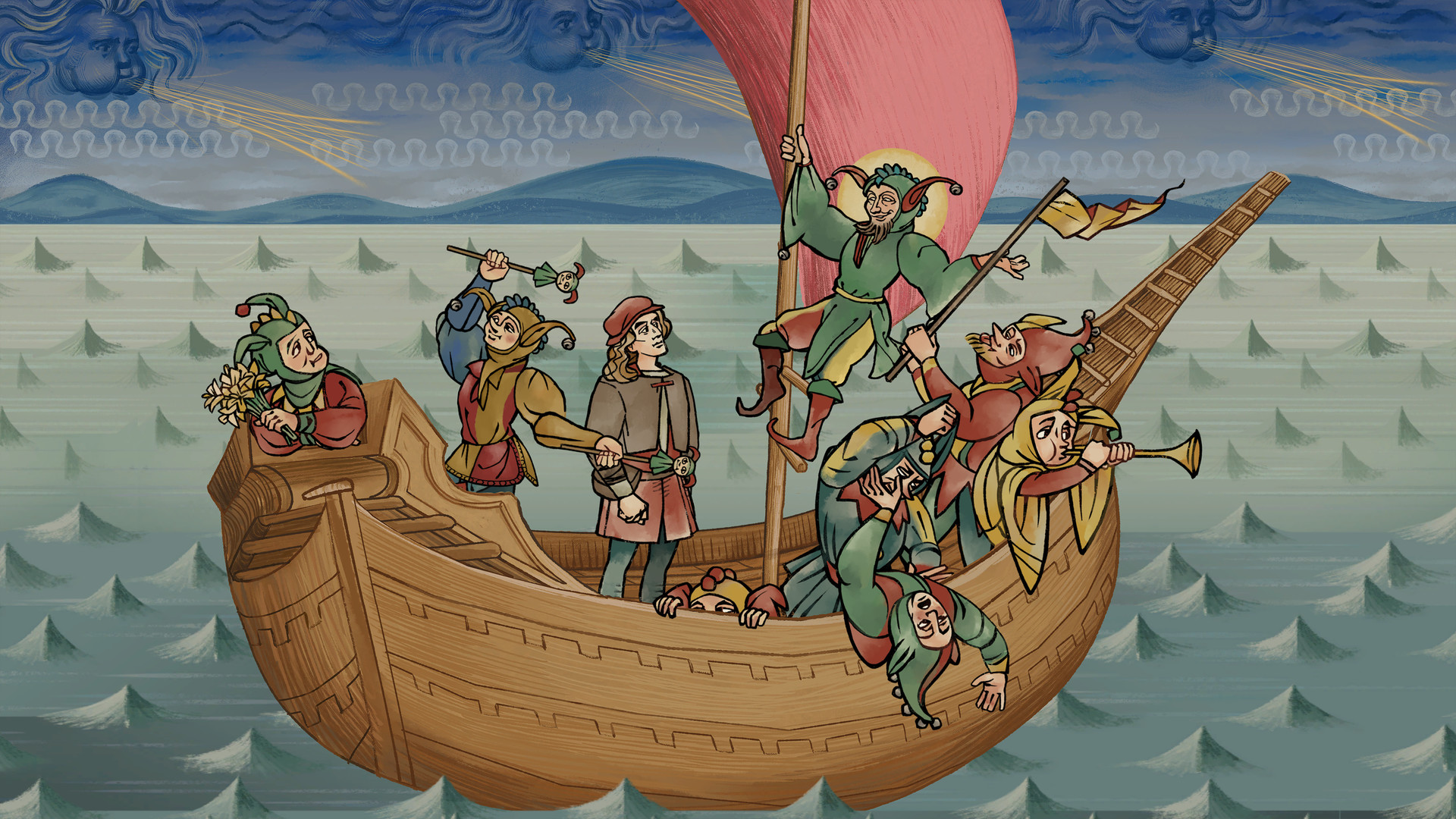 Frey: First of all, Josh wanted to go there, because it’s something that he he has a lot of history in studying and he knows a lot about. And he thought it was a kind of an interesting setting for a lot of different reasons. First of all, the printing press had just been invented and was starting to gain popularity. And what that did was it caused more people to have access to books and texts and reading, and a lot more people were learning how to read. At the same time, there was a lot of change happening in the church. So [German priest] Martin Luther was starting to fan the flames of the Reformation and having people kind of ask questions about what religion meant and what the church should be doing with what power they have. And that information was able to be spread due to the advent of the printing press. So that combination of things caused a lot of social and political upheaval and change, and telling a story in that environment sounded really cool and really appealing to us. So that’s a big part of why the setting is where it is and when it is.
Frey: First of all, Josh wanted to go there, because it’s something that he he has a lot of history in studying and he knows a lot about. And he thought it was a kind of an interesting setting for a lot of different reasons. First of all, the printing press had just been invented and was starting to gain popularity. And what that did was it caused more people to have access to books and texts and reading, and a lot more people were learning how to read. At the same time, there was a lot of change happening in the church. So [German priest] Martin Luther was starting to fan the flames of the Reformation and having people kind of ask questions about what religion meant and what the church should be doing with what power they have. And that information was able to be spread due to the advent of the printing press. So that combination of things caused a lot of social and political upheaval and change, and telling a story in that environment sounded really cool and really appealing to us. So that’s a big part of why the setting is where it is and when it is.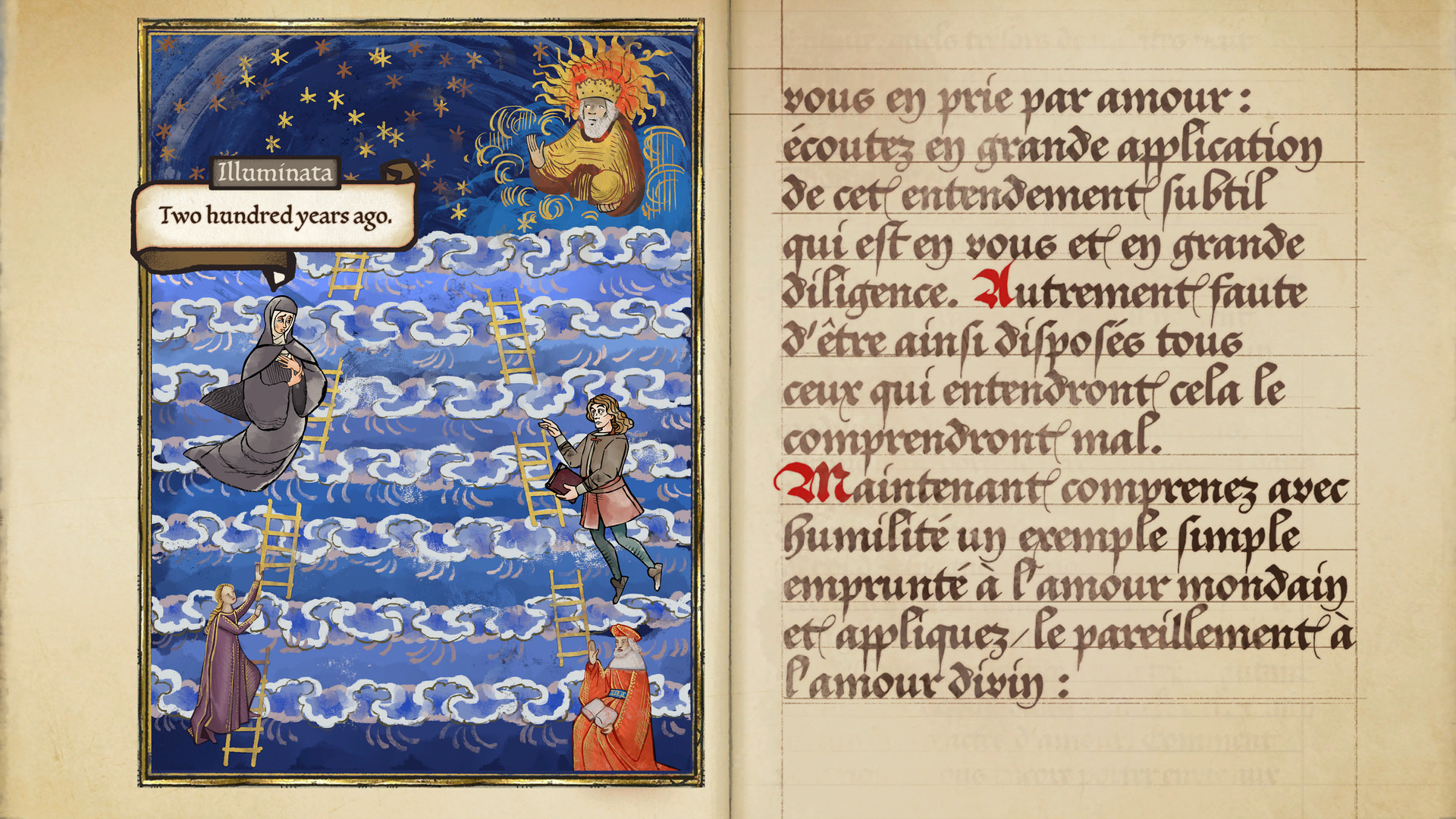 Within the team, we wanted to all really delve deep into the setting and understand it really well. So we very commonly would spend, for a pretty long amount of time regularly on Thursday evenings, the team would get together. We were all remote, so we’d get together on a call. And we would watch something or play something together that we thought would help us understand the setting more — quite often that was a show or a documentary. And we would dig really deep into that sort of stuff. So we got inspiration from all sorts of sources. And we made sure to look into things like documentaries that could educate the whole team. And it was really cool. It had this really cool effect where over the course of the project, you saw all of the team — which, yeah, the core group is like 14 people, it’s not very big — kind of learn this part of history and become semi-experts at it and all get a lot more knowledge on this time period. And that was really cool to kind of be able to correct ourselves and the old stuff we worked on as we went to and be like, ‘Oh, this isn’t accurate, wow.’ And we got to talk about that a lot, so that was really cool.
Within the team, we wanted to all really delve deep into the setting and understand it really well. So we very commonly would spend, for a pretty long amount of time regularly on Thursday evenings, the team would get together. We were all remote, so we’d get together on a call. And we would watch something or play something together that we thought would help us understand the setting more — quite often that was a show or a documentary. And we would dig really deep into that sort of stuff. So we got inspiration from all sorts of sources. And we made sure to look into things like documentaries that could educate the whole team. And it was really cool. It had this really cool effect where over the course of the project, you saw all of the team — which, yeah, the core group is like 14 people, it’s not very big — kind of learn this part of history and become semi-experts at it and all get a lot more knowledge on this time period. And that was really cool to kind of be able to correct ourselves and the old stuff we worked on as we went to and be like, ‘Oh, this isn’t accurate, wow.’ And we got to talk about that a lot, so that was really cool.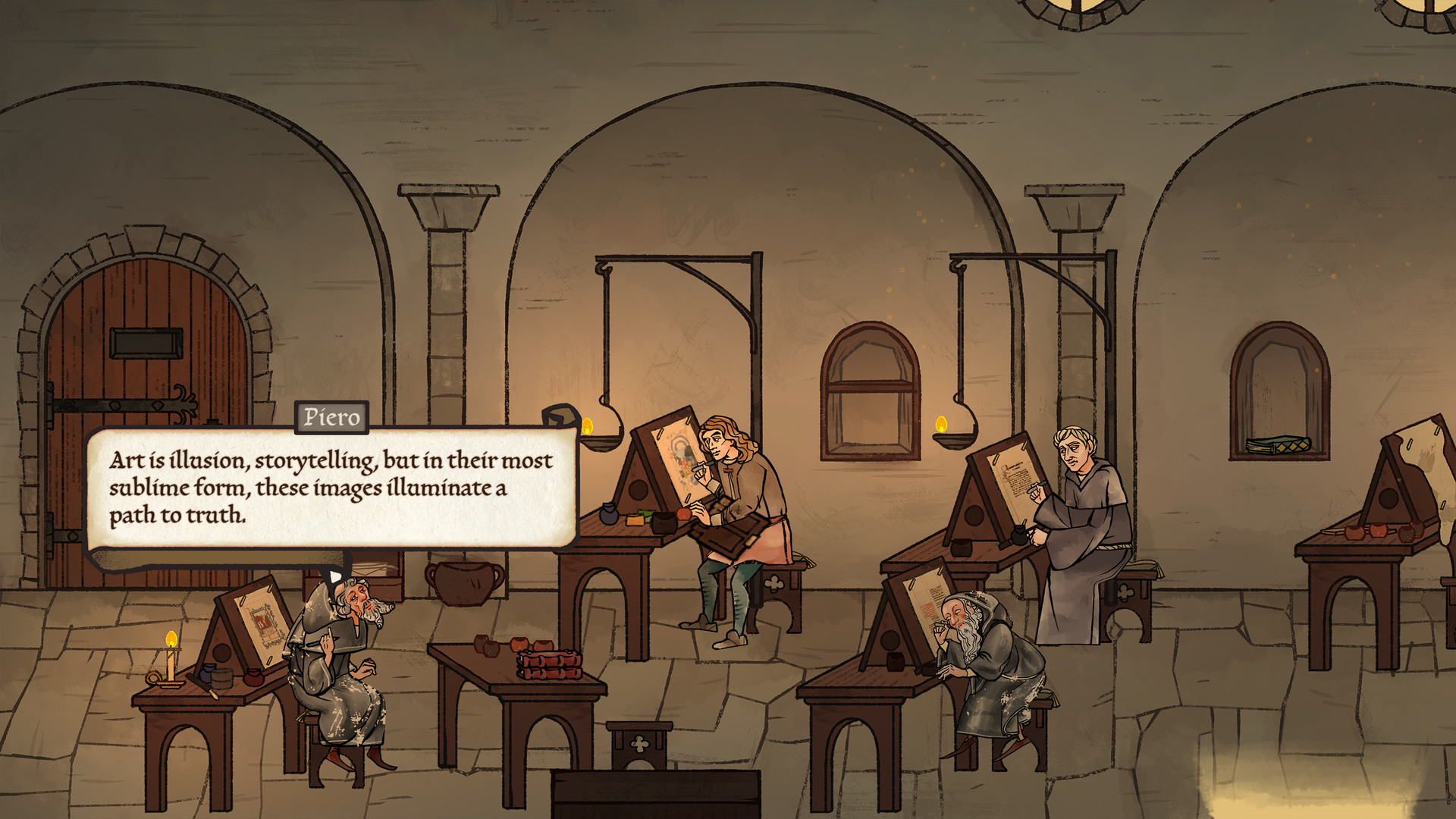 Frey: For iterations, Josh wanted to do like a 2D game, inspired by things like Night in the Woods and Oxenfree and other other adventure games that are kind of in that same field. And we thought, ‘okay, we’re doing 16th-century Bavaria — at the time, the scriptorium and illuminated manuscripts were kind of nearing the end of their life, and the woodblock printing was becoming a bigger thing.’” And so very early on, it was a decision that was made that we were going to kind of try and mesh those two. And that actually comes out in the game — you’ll notice the older characters in the game are more of an illuminated painterly style, and the younger kids look like they’re woodblock printed. And so it actually creates this really cool, like, ‘older characters have a different vibe.’ And as characters age throughout the game, you notice that. So I think that that’s a really cool aspect to how we landed on the style — the iteration on that. Even the very early stuff looks very similar to what the final version is. Some characters got cleaned up and changed; as we went, we discovered some techniques and stuff that we really liked, and we went back and changed and cleaned up some of the older characters. But even the really early stuff has that really illuminated manuscript vibe.
Frey: For iterations, Josh wanted to do like a 2D game, inspired by things like Night in the Woods and Oxenfree and other other adventure games that are kind of in that same field. And we thought, ‘okay, we’re doing 16th-century Bavaria — at the time, the scriptorium and illuminated manuscripts were kind of nearing the end of their life, and the woodblock printing was becoming a bigger thing.’” And so very early on, it was a decision that was made that we were going to kind of try and mesh those two. And that actually comes out in the game — you’ll notice the older characters in the game are more of an illuminated painterly style, and the younger kids look like they’re woodblock printed. And so it actually creates this really cool, like, ‘older characters have a different vibe.’ And as characters age throughout the game, you notice that. So I think that that’s a really cool aspect to how we landed on the style — the iteration on that. Even the very early stuff looks very similar to what the final version is. Some characters got cleaned up and changed; as we went, we discovered some techniques and stuff that we really liked, and we went back and changed and cleaned up some of the older characters. But even the really early stuff has that really illuminated manuscript vibe.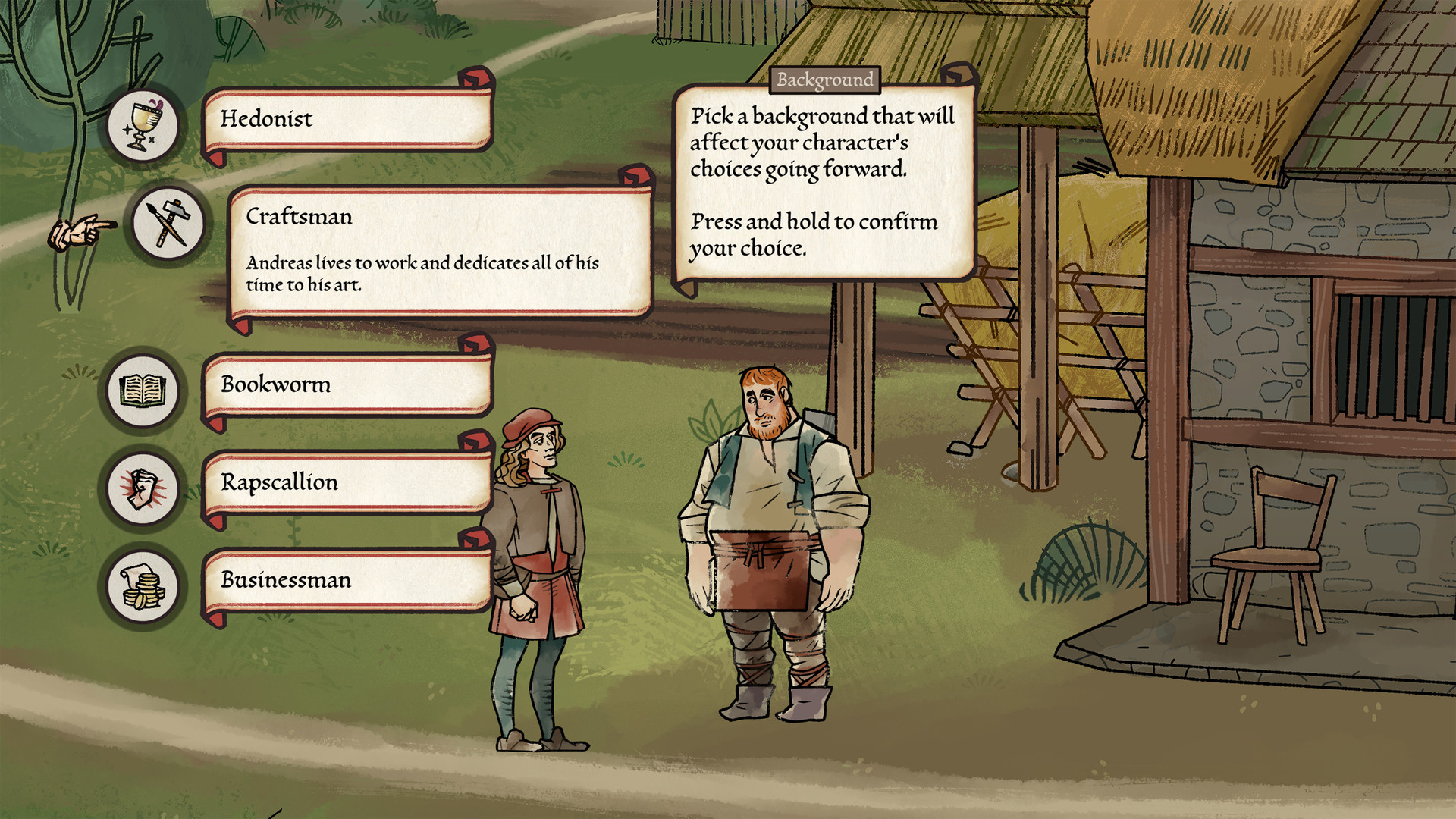
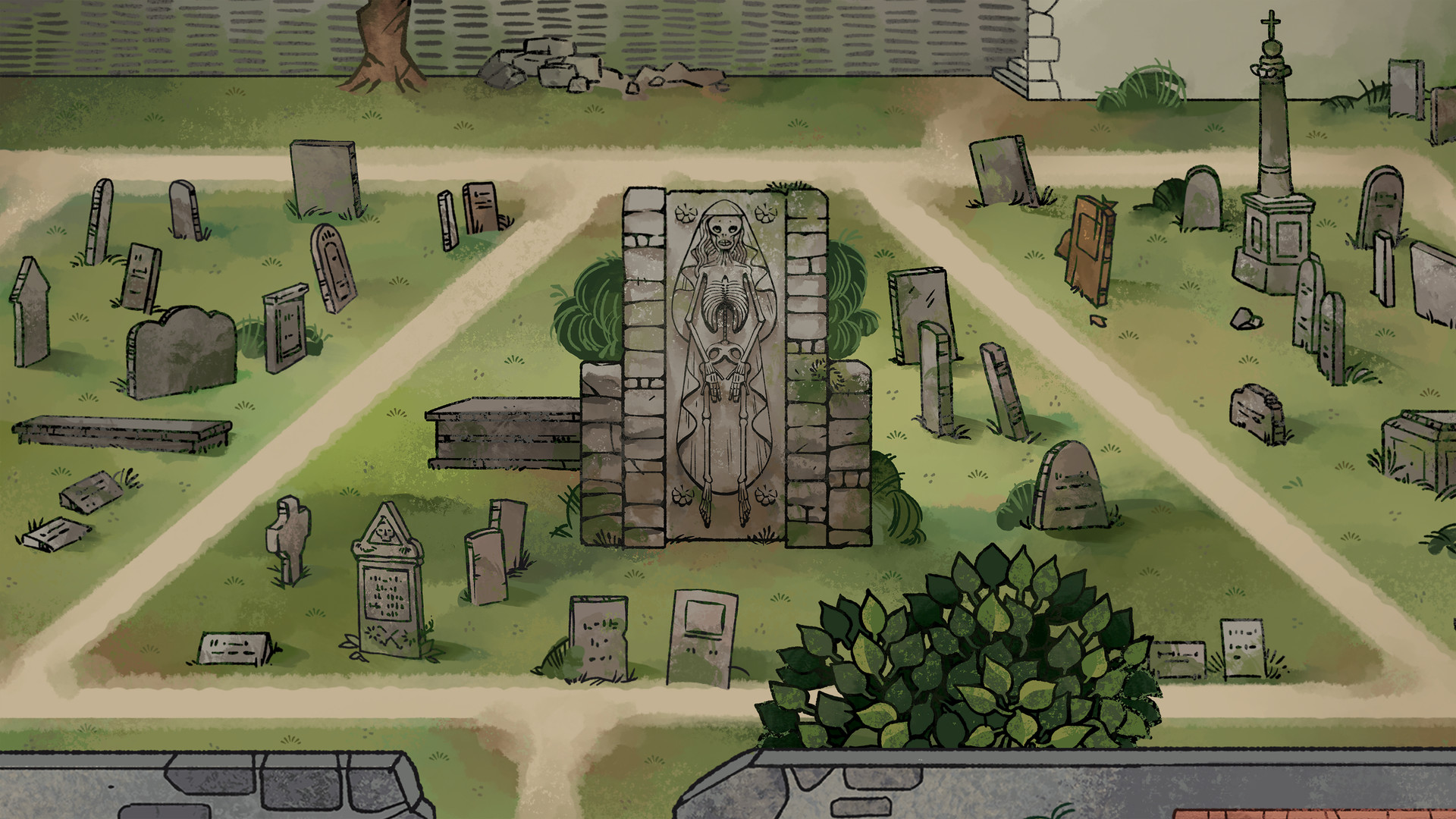 Frey: I think the biggest thing is this is a story that we tell, and first and foremost, because of that, we want to make it narrative first. Also, we’re very good at narrative and we want to bring that forward. We want to take that Obsidian way, the things we thrive at, and we really want to bring them into the story. That said, there are elements to the game that pull you out of that narrative a little bit and let you do other things. We have mini-games, we have exploration, we have other stuff in the game that we want you to interact with. But that first and foremost narrative element is really important to us, and we want to make sure that you understand that you’re reading people talking in a time of the illuminated manuscript. They talk in these special fonts. We have really cool effects when talking to them. The different characters speak differently and faster and slower and make mistakes in their writing. And we wanted to really put our energy into the manuscript in the game, and that’s kind of where it all kind of comes together and makes this narrative-focused adventure. But we also have mini-games and all that stuff, and we placed those in to make sure that they break up reading, but also, some of the things that we want to show to you is there because we want to have you experience it and not just read it. And so sometimes just giving you a mini-game gives you a better understanding of what you’re doing and what you’re playing.
Frey: I think the biggest thing is this is a story that we tell, and first and foremost, because of that, we want to make it narrative first. Also, we’re very good at narrative and we want to bring that forward. We want to take that Obsidian way, the things we thrive at, and we really want to bring them into the story. That said, there are elements to the game that pull you out of that narrative a little bit and let you do other things. We have mini-games, we have exploration, we have other stuff in the game that we want you to interact with. But that first and foremost narrative element is really important to us, and we want to make sure that you understand that you’re reading people talking in a time of the illuminated manuscript. They talk in these special fonts. We have really cool effects when talking to them. The different characters speak differently and faster and slower and make mistakes in their writing. And we wanted to really put our energy into the manuscript in the game, and that’s kind of where it all kind of comes together and makes this narrative-focused adventure. But we also have mini-games and all that stuff, and we placed those in to make sure that they break up reading, but also, some of the things that we want to show to you is there because we want to have you experience it and not just read it. And so sometimes just giving you a mini-game gives you a better understanding of what you’re doing and what you’re playing.

